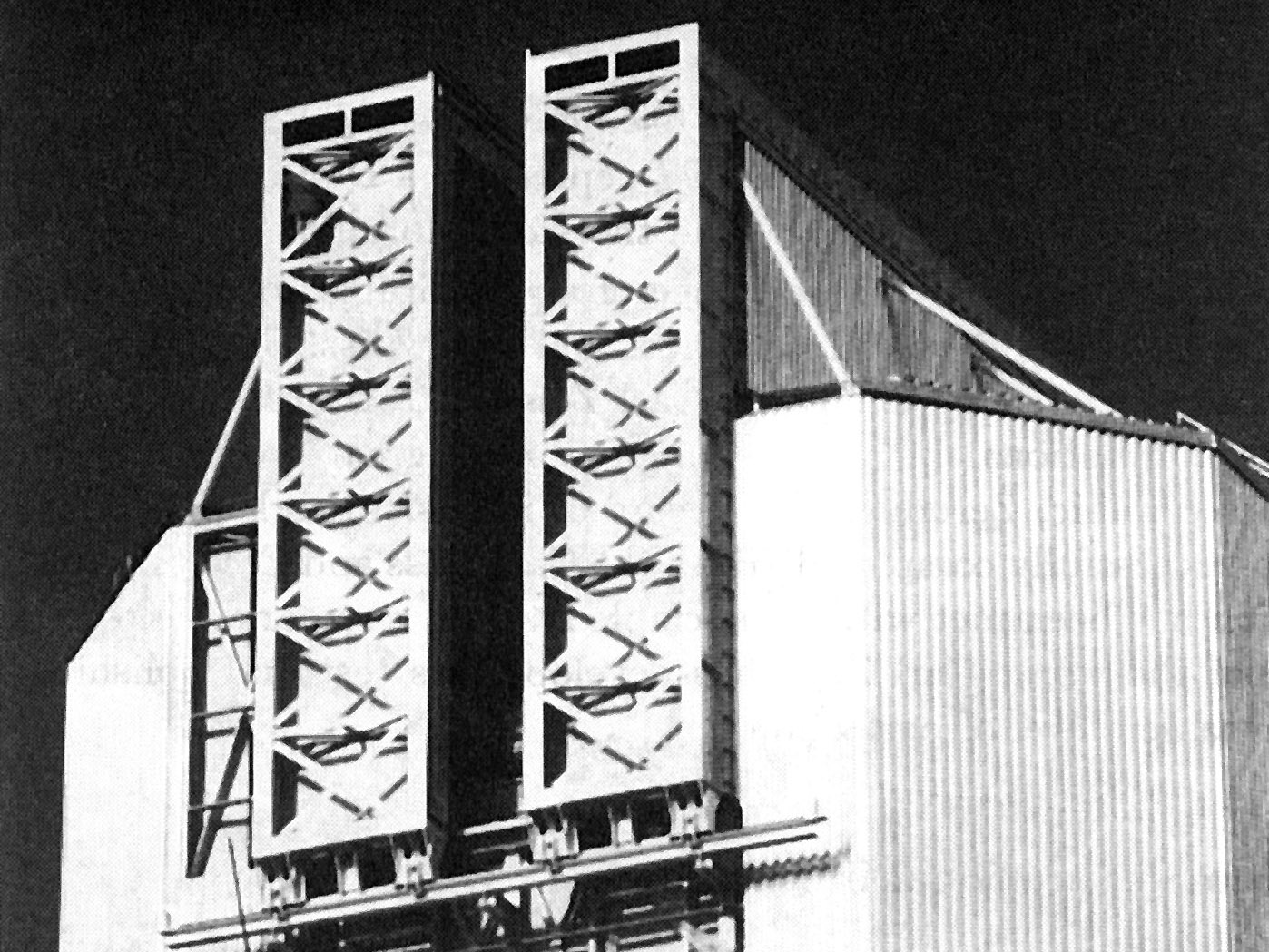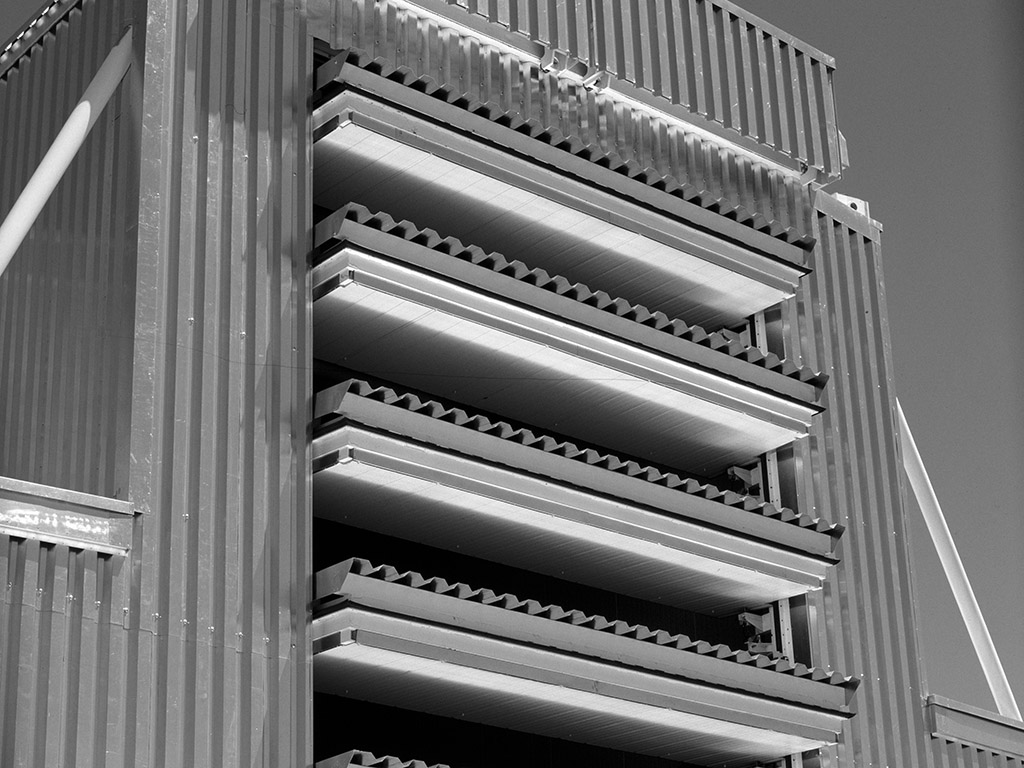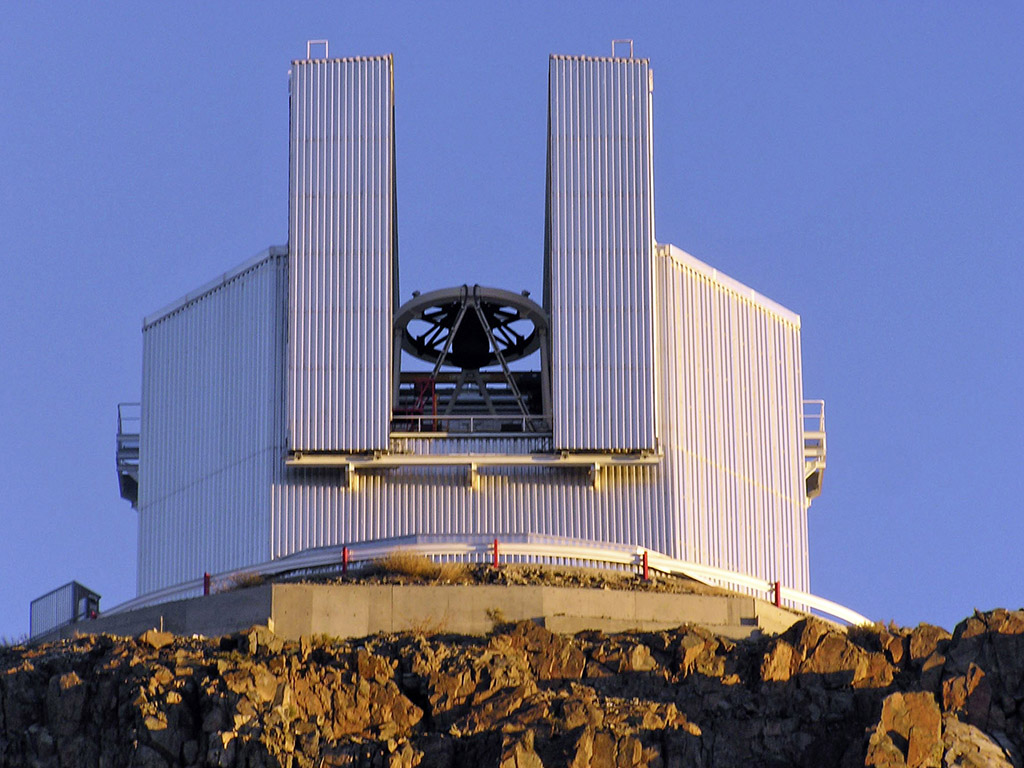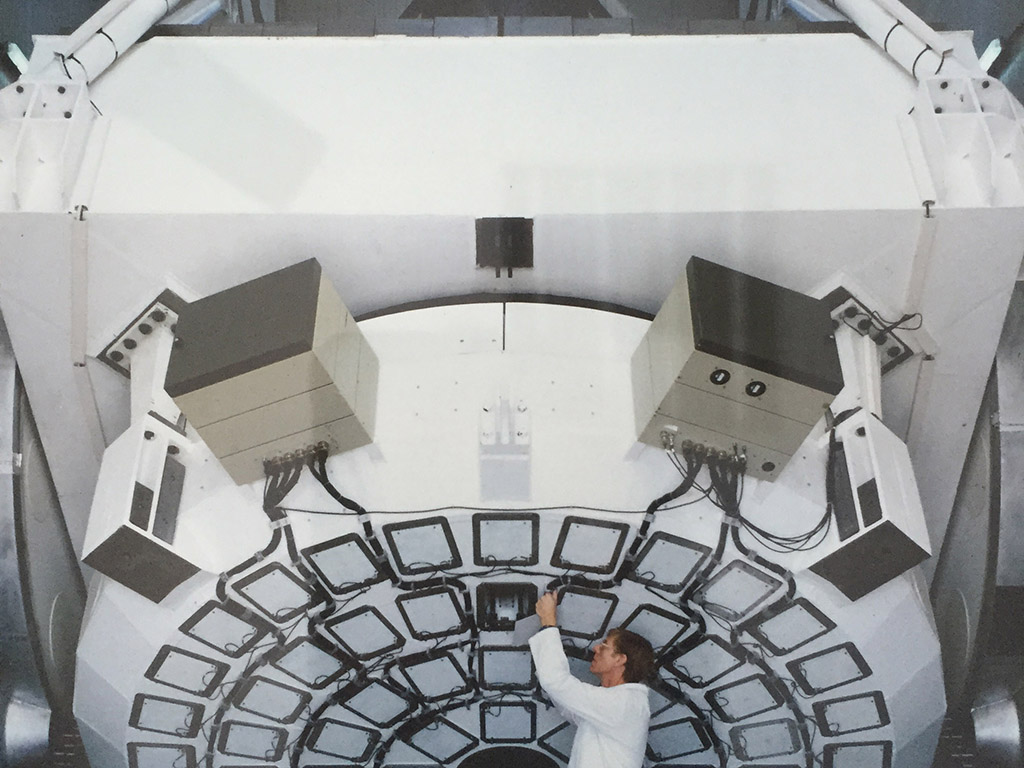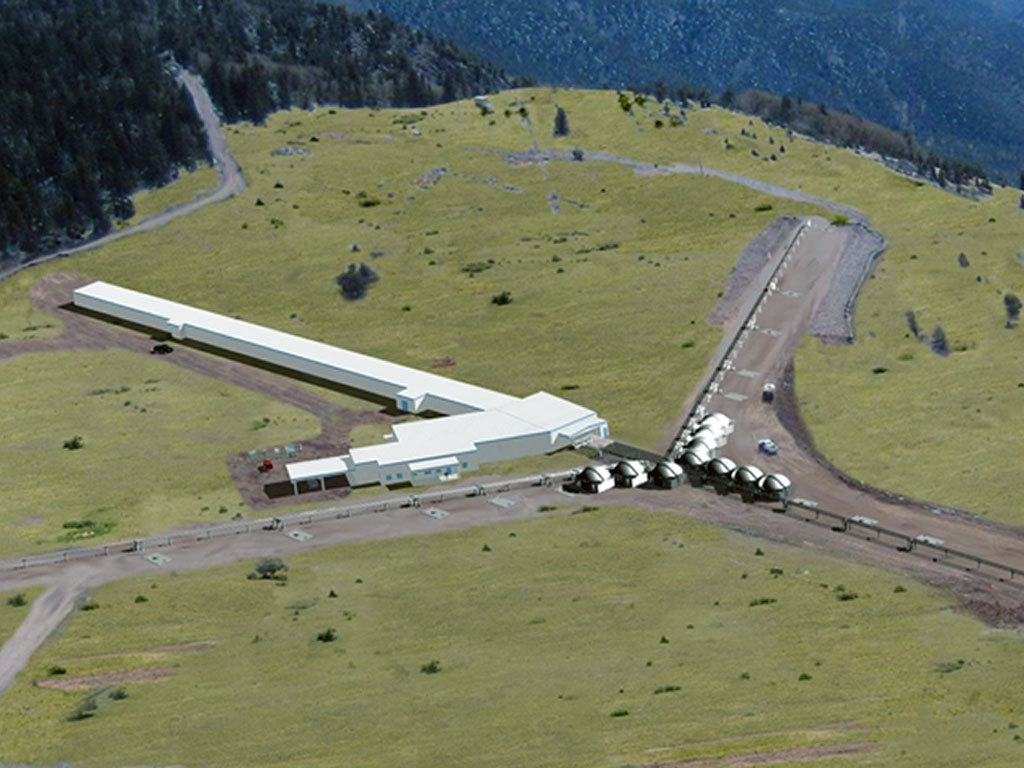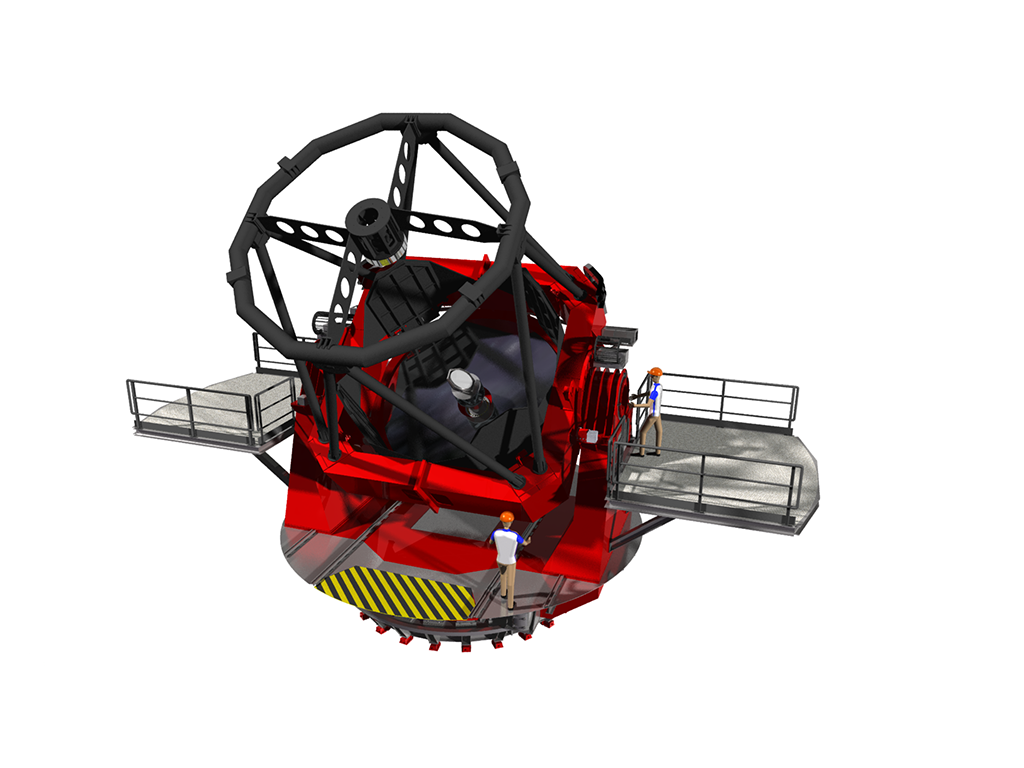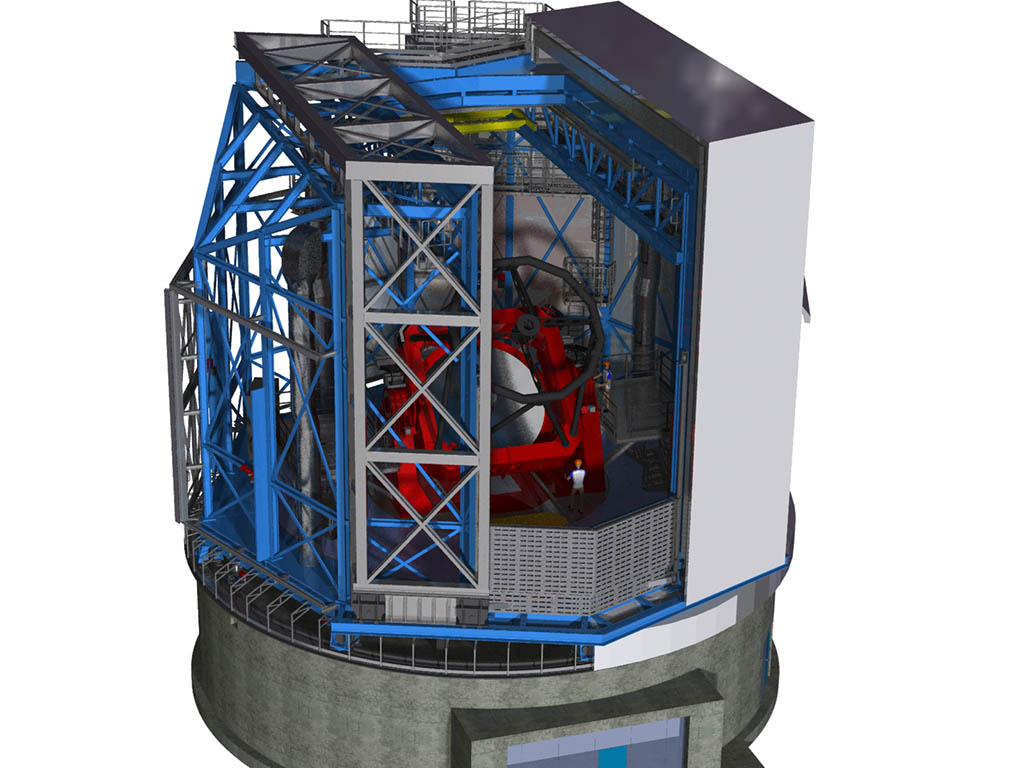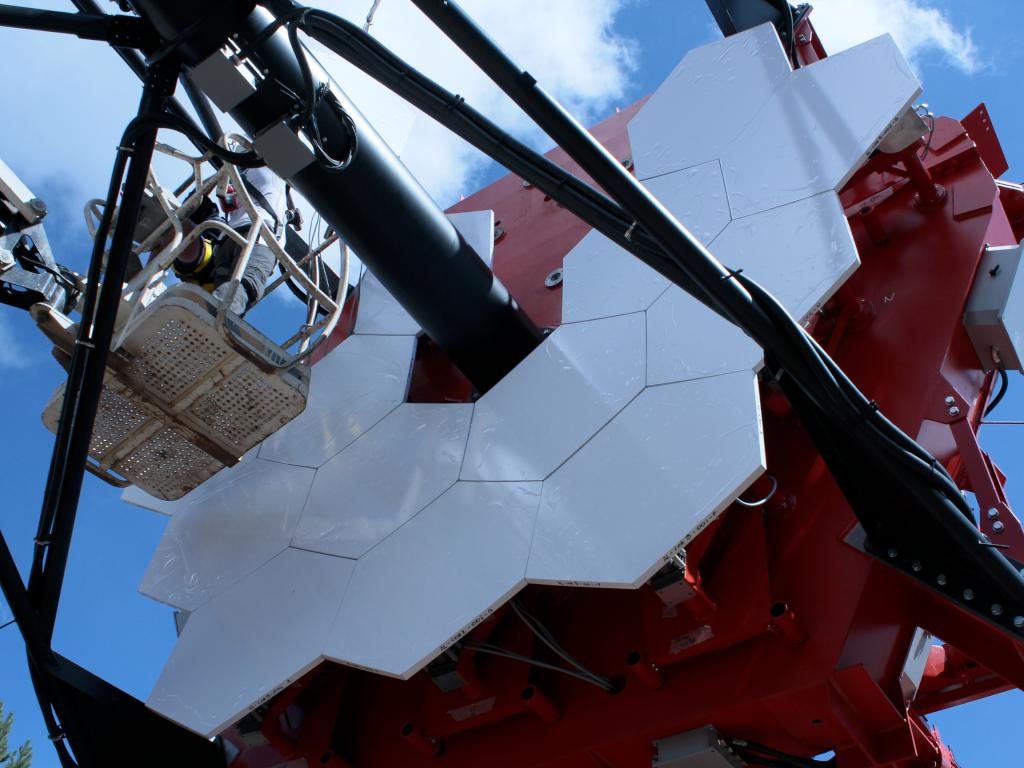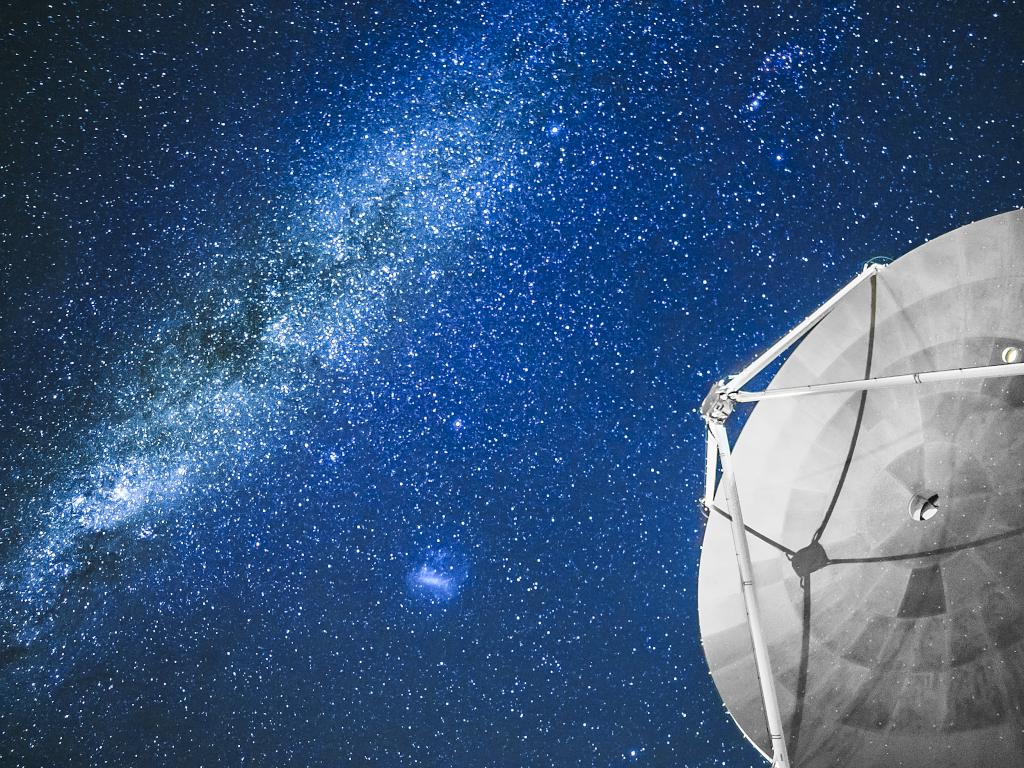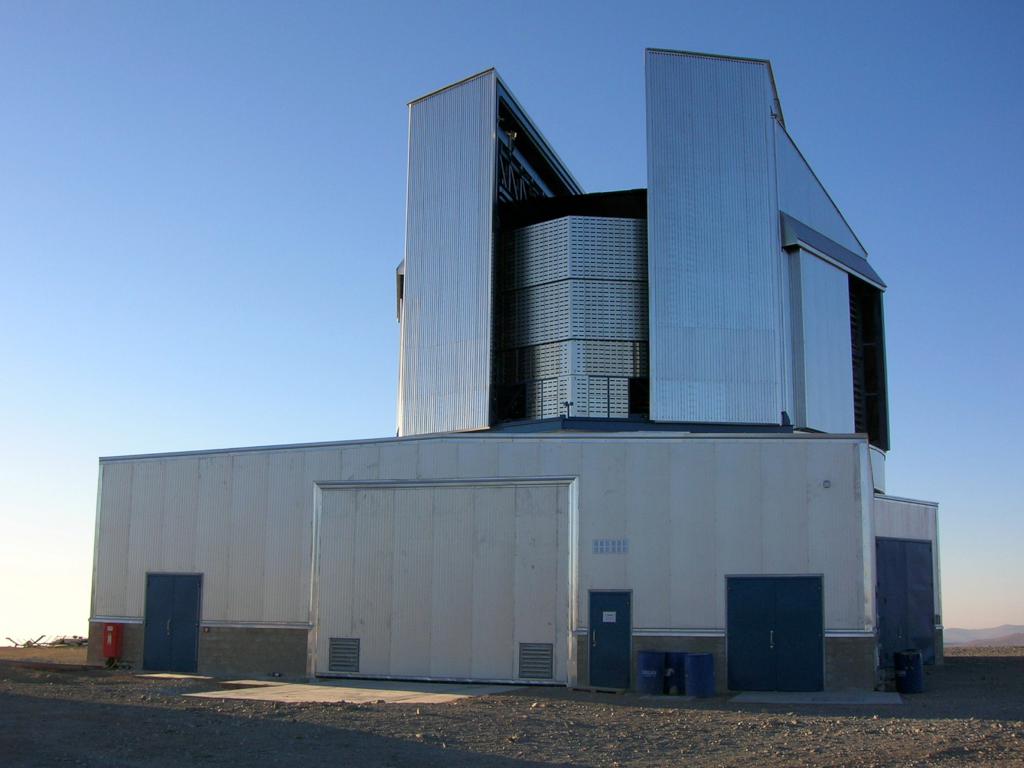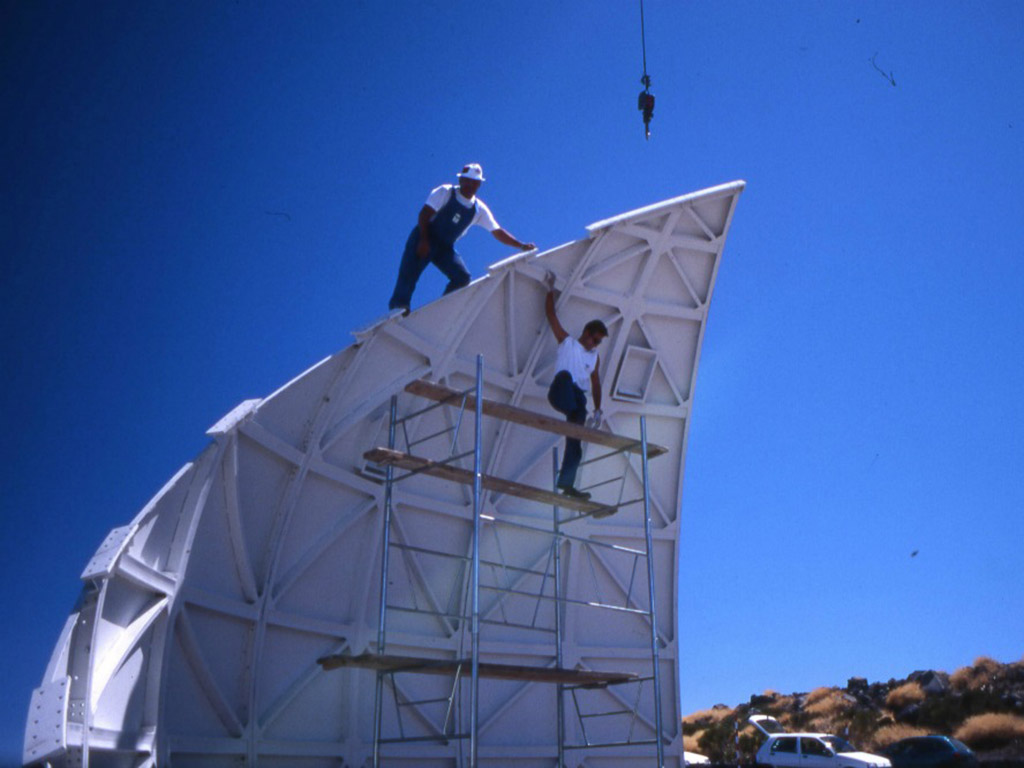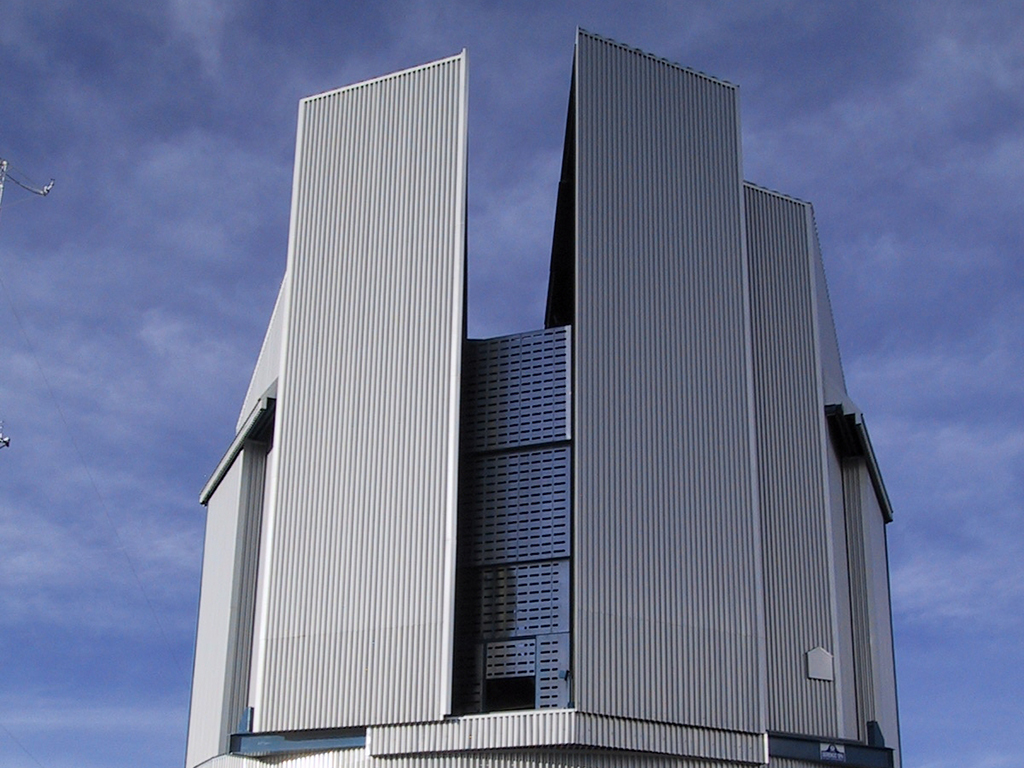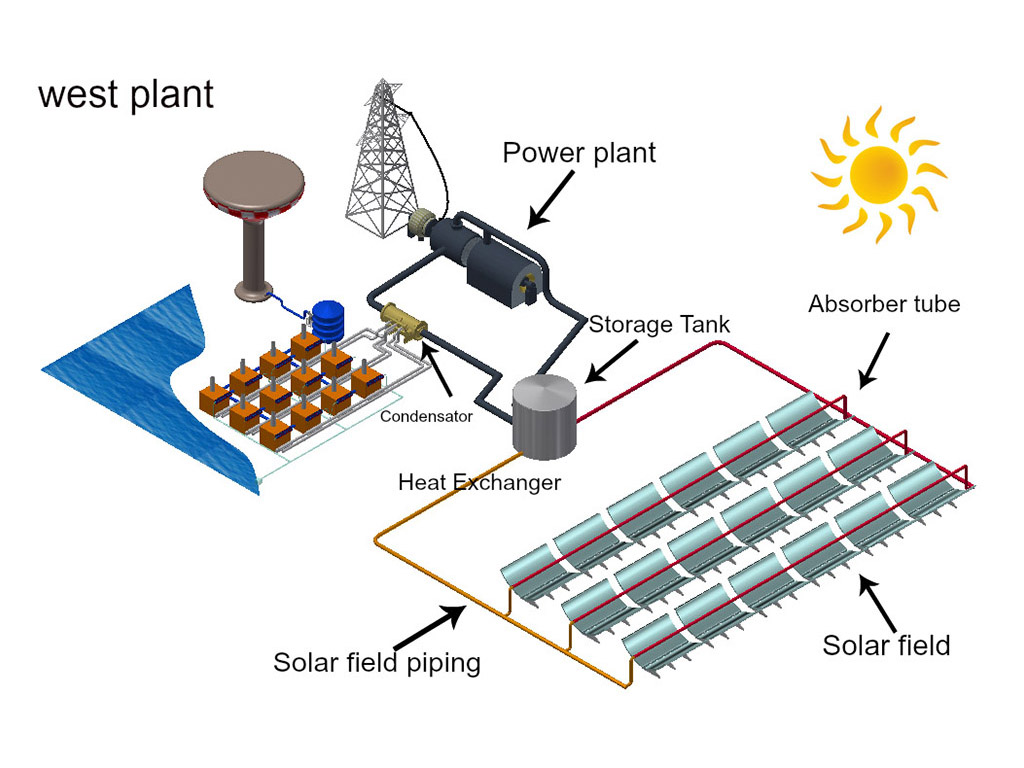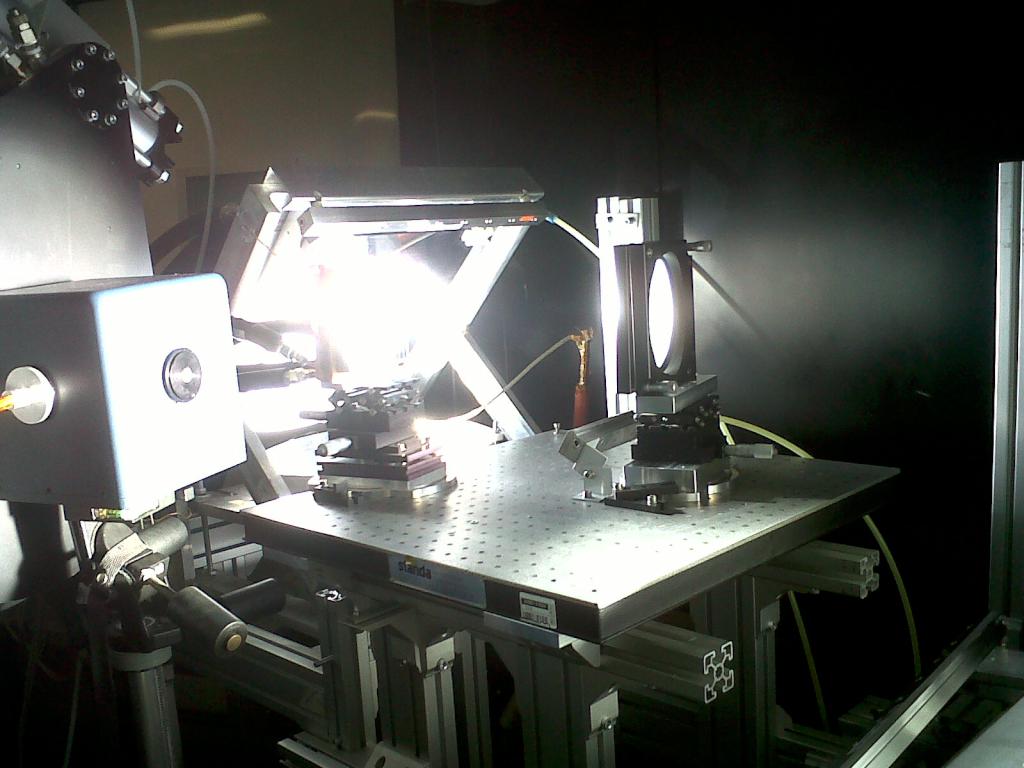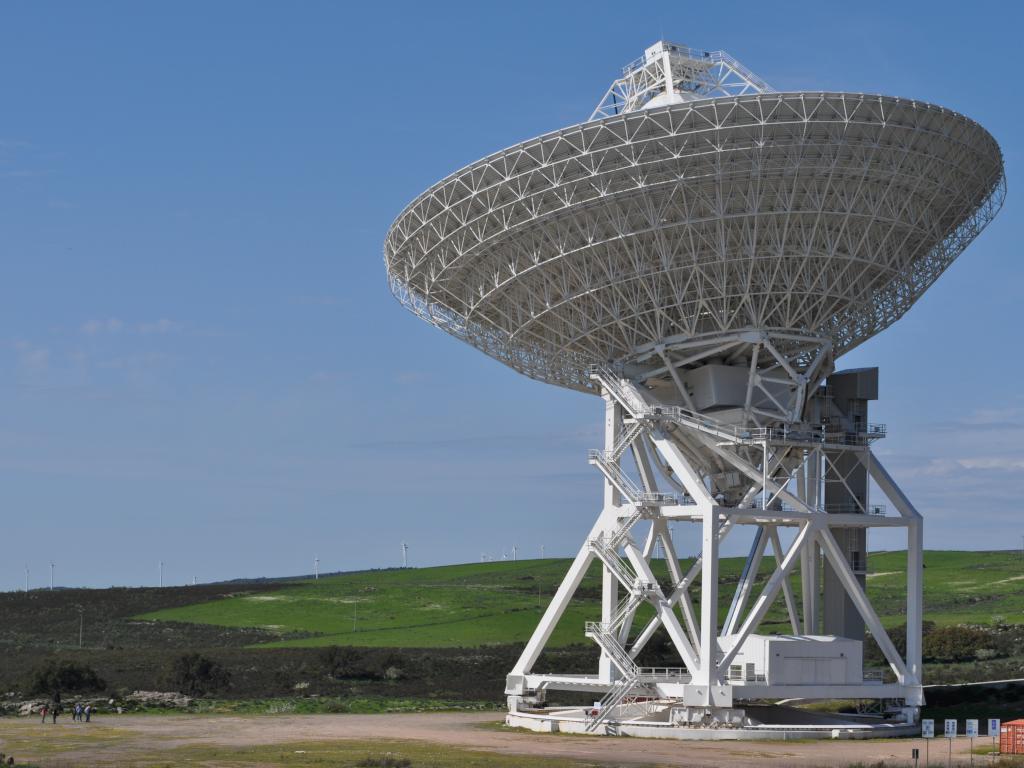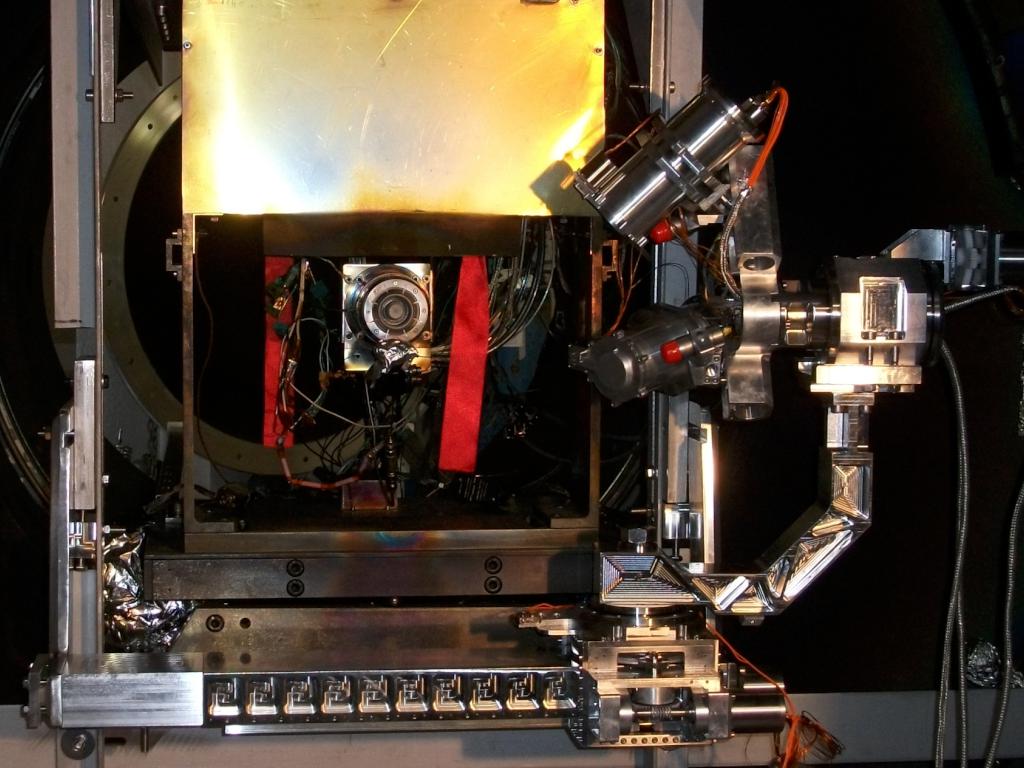NTT - New Technology Telescope
Site: La Silla - Chile
State: completed
Activities:
Detail Design, Manufacturing, Pre-Assembly in Europe, Packing &Transport, Erection on Site, Commissioning and Testing of Rotating and Auxiliary Building
Partner: CRIV Consortium
Date: 1986-1989
Client: ESO – European Southern Observatory
Category: astronomy
Credits: EIE GROUP
New Technology Telescope
Overview
When, in 1986, ESO (European Southern Observatory), one of the biggest scientific organizations in the world, issued the Call for Tender for the construction of the most revolutionary Rotating Building of the NTT – New Technology Telescope to be installed at La Silla, in the Atacama desert, in Chile, EIE did not even exist. Yet, a young engineer, Mr. Marchiori, with the help of some engineers from the CRIV consortium, who will then become EIE members, decided not to miss the occasion and participated to the Call.
The NTT project, with its 3.58m diameter, saw the first light in March 1989. It was EIE’s first project in the astronomical field ever. A completely new world, extremely fascinating from the technological point of view, everything had to be learned: from the project specifications written in English, to the understanding of words that couldn’t be translated like seeing, the magic number of the astronomers, expressed in arc seconds; or the windscreen, the elusive barrier which protects the telescope against the buffeting of desert winds and prevents heat sources to form around the telescope itself.
With the NTT the use of thin mirrors is adopted, they are 24cm thick on a surface of total 3.58m diameter. Furthermore glass is no longer used for the mirror which is in fact replaced by a new material: the ZeroDur. The main characteristic of the ZeroDur is a very low thermal dilatation coefficient.
The NTT is equipped with active optics which give excellent image quality; the thin and light mirror keeps its correct position thanks to the actuators placed underneath the main mirror.
The NTT can definitely be considered as a practice laboratory where new technologies are experimented. The same technologies that are still today at the base of the functioning of the big ground-based telescopes.
Characteristics of the NTT Rotating Building:
The NTT telescope is mounted inside an octagonal-shaped rotating building. This particular shape ensures the telescope maximum exposure during observations and at the same time it protects it from the desert strong winds and dust.
One of the main characteristics of the building is that the two internal walls separating the telescope room and the instrument rooms are very close to the telescope; this ensures a good ventilation and prevents heat sources to form around the telescope itself.
Furthermore, a particular Windscreen realized using special offshore fabrics was designed in order to optimize the air flow inside the telescope, thus minimizing the seeing errors and allowing excellent imaging activities.
The enclosure housing the NTT has also been provided with:
• Pneumatic system for azimuth inflatable seal;
• Electric drive system for windscreen, louvers sliding doors and slit shutters;
• Lighting System;
• HVAC System;
• Control System.
The Science with NTT:
The NTT telescope enables the following observations:
• Star formation;
• Protoplanetary systems;
• Galactic center;
• Spectroscopy.
Thanks to the observations with NTT, astronomers have been able to unravel the mysteries around some galactic centers; they have been able to observe the first solar-like oscillations into other stars as well as discovering new galaxies in the far-away universe.
With NTT it has been possible to detect a disc around a massive young star, solving the mystery of star formation in massive stars, and it has been possible to determine how asteroids are modified by solar wind.
The NTT telescope has allowed the observation of stars orbiting the centre of the Milky Way, helping to helping to determine the mass and the radius of its super-massive black hole and to confirm the existence of such a massive and compact object .
Link to the ESO’s NTT:
http://www.eso.org/public/unitedkingdom/teles-instr/lasilla/ntt/

